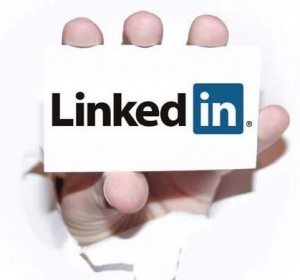Your use of social media channels must be strategic, advancing your company’s goals and enhancing your profitability
Social media has forever altered the way we communicate. Blogs, tweets, wikis, social networks, professional networks, online news wires, RSS technology, podcasts, videocasts, and other social media tools necessitate a revised communication strategy.
 You can employ these social media tools for a myriad of reasons:
You can employ these social media tools for a myriad of reasons:
- Communicating with employees and empowering their collaboration.
- Engaging your customers and prospects to attain the results you desire.
- Building your reputation and brand, and shaping your perception in the marketplace.
- Influencing behavior, increasing awareness, and growing a community of supporters.
Social media is fragmented and personal, and yet is a more effective means of communicating. Information is garnered from many different sources; you are no longer in control of all the messages.
Understand the five C’s of social media. All social media share a common set of characteristics, the five C’s: conversation, contribution, collaboration, connection, and community. Through social media, people state and discuss their thoughts and opinions, their experiences and expectations, and their perspectives about your company, your employees, your products, and your services. How you engage in this dialogue fuels your social media community, toward ill will and goodwill.








